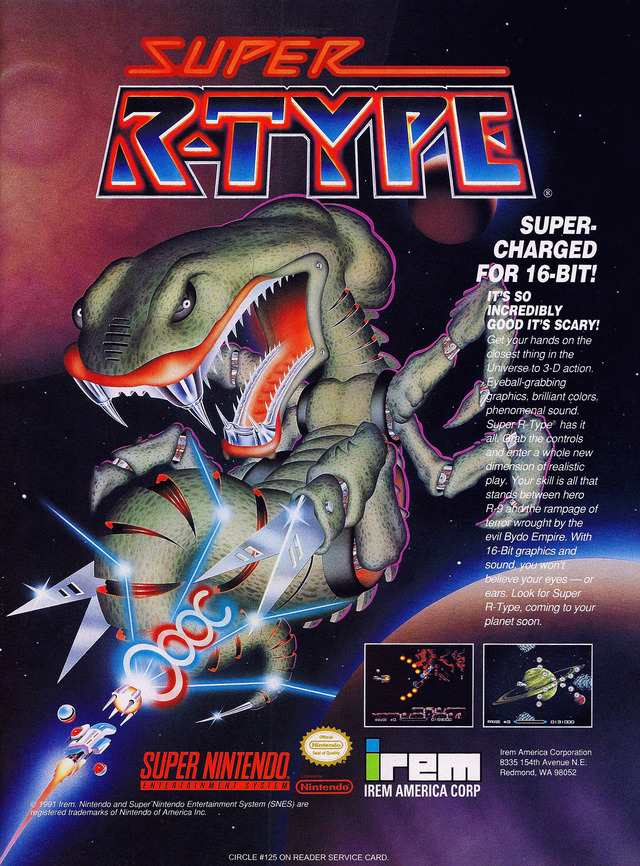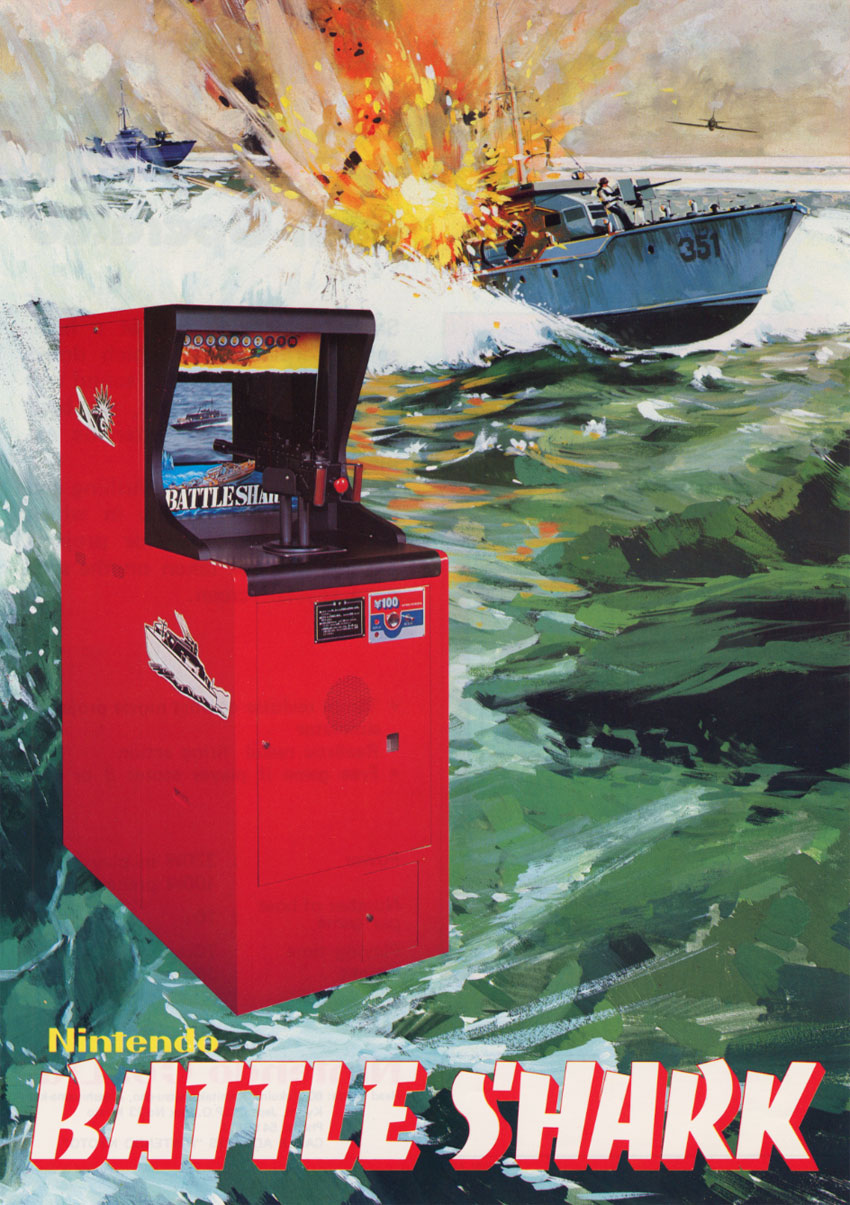For Popeye on the NES, GameFAQs has 3 guides and walkthroughs, 8 reviews, and 10 user screenshots. Atari 2600 Atari 5200 Atari 8-bit Arcade Games Commodore 64 Colecovision Intellivision Odyssey^2 TI-99/4A. Log In to add custom notes to this or any other game. Notify me about new: Guides. Add this game to my.
- Popeye Arcade Game tricks hints guides reviews promo codes easter eggs and more for android application. Avoid Popeye Arcade Game hack cheats for your own safety, choose our tips and advices confirmed by pro players, testers and users like you. Ask a question or add answers, watch video tutorials & submit own opinion about this game/app.
- Select the game you want to submit hints, cheats, codes or walkthroughs for from the list below and click 'Go'. If the game you are looking for is not listed, then it need to be added to MobyGames first.
- The Atari 2600 version of Popeye is based on Nintendo's original arcade game.
| Popeye | |
|---|---|
| Basic Information | |
| Video Game | |
| Nintendo | |
| Parker Brothers, Nintendo | |
| 2D | |
| 2D Platform | |
| Atari 2600 Joystick, Magnavox Odyssey² Controller, Intellivision Controller | |
| Atari 2600, Atari 5200, ColecoVision, Magnavox Odyssey², Intellivision, NES and Family Computer | |
| Retail Features | |
| European Release Date(s) | |
| Magnavox Odyssey² 1982 | |
| North American Release Date(s) | |
| Atari 2600 and Intellivision 1983 | |
| Brazilian Release Date(s) | |
| Magnavox Odyssey² 1983 | |
| Awards | Changelog | Cheats | Codes Codex | Compatibility | Covers | Credits | DLC | Help Localization | Manifest | Modding | Patches | Ratings Reviews | Screenshots | Soundtrack Videos | Walkthrough | |
| Achievements GOG | In-Game | Origin | PlayStation Trophies | Retro Steam | Xbox Live | |
Popeye is an arcade game released in 1982. It was ported to the Atari 2600, the Atari 5200, the ColecoVision, the Intellivision, the Odyssey 2, the Nintendo Entertainment System, and home computers. It is based on the classic cartoon character of the same name.
Gameplay[edit | edit source]

The action of Popeye takes place on three screens. On all of them your sailor hero must collect objects cast down by Olive Oyl (hearts, musical notes, and letters spelling HELP) before they reach the bottom floor and disappear into the drink. While doing so you must avoid Bluto as well as the mysterious Sea Hag's bottle tosses. By grabbing a can of spinach, Popeye can turn the tables on Bluto and send him flying around and landing in the drink for a brief while. Collect all of Olive's objects and you go on to the next screen.
Gallery[edit | edit source]
Atari 2600 Boxart
Magnavox Odyssey 2 European Boxart
Magnavox Odyssey 2 Brazilian Boxart
Intellivision Boxart
Famicom Boxart

| Popeye | |
|---|---|
| Developer(s) |
|
| Publisher(s) | Nintendo Parker Brothers |
| Designer(s) | Genyo Takeda[2] Shigeru Miyamoto[2] |
| Platform(s) | Arcade, Commodore 64, NES, Odyssey², ColecoVision, Atari 2600, Atari 5200, Atari 8-bit, Mobile (Java ME) |
| Release | 1982 |
| Genre(s) | Platform |
| Mode(s) | Single-player, 2 players alternating |
Popeye[a] is a 1982 arcade platform game developed and released by Nintendo based on the comic strip of same name created by E. C. Segar and licensed from King Features Syndicate strips and animated shorts. Unlike most platform games, the player cannot jump; the only button is 'punch.' The game was licensed by Atari, Inc. for exclusive release in the United Kingdom and Ireland, and featured in an Atari-designed and manufactured cabinet. Some sources[3][4][5] claim that Ikegami Tsushinki also did design work on Popeye.
The Popeye characters were originally going to be used in the game that later became Donkey Kong.[6] At that time, Nintendo could not get the licenses to use the characters.
Ben Falls holds the world record score of 3,023,060 earned on December 20, 2011, according to Twin Galaxies International Scoreboard.[7]
Gameplay[edit]

The object of the game is for Popeye the Sailor to collect a certain number of items dropped by Olive Oyl, depending on the level — 24 hearts, 16 musical notes, or 24 letters in the word HELP — while avoiding the Sea Hag, Brutus and other dangers. The player can make Popeye walk back and forth and up and down stairs and ladders with a 4-way joystick. There is a punch button, but unlike similar games of the period, no jump button. Conversely, Brutus can jump down a level, or merely stoop and reach down into the level below, and he can also jump up to hit Popeye if he is directly above.
Despite the feature of a punch button, Popeye cannot attack Brutus directly. Instead, the button is used for the following:
- Punching destroys items that could hurt Popeye such as bottles, vultures and skulls.
- Each level has a can of spinach; punching these cans will give Popeye invincibility and he can knock out Brutus just by running into him, although after a few seconds Brutus will swim back out and be ready for action again.
- In Round 1 (the dock scene) of each three-round cycle, as well as the first round and third rounds of each four-round cycle, is a punching bag, which Popeye can use to knock loose a nearby barrel from its position near the top of the playing field. If the barrel falls onto Brutus' head, the player earns bonus points (based on where Brutus was attacked) and renders Brutus harmless for several seconds.
Other licensed Popeye characters in the game are Olive Oyl, Swee'Pea, and Wimpy, though they are mostly decorative and do not add heavily to the gameplay. Wimpy appears in Round 2 (the street scene) on one end of the seesaw in the lower left corner of the field, to act as a counterweight. Swee'Pea floats high above, with bonus points to be earned if Popeye can spring off the see-saw and touch him.
Popeye loses a life if he is hit by Brutus or any thrown/flying object, or if he fails to collect a dropped item within a certain amount of time after it reaches the bottom of the screen and also gets scolded by Olive Oyl for this.
Ports[edit]
The game was ported to the TRS-80 Color Computer 2, Commodore 64, Texas Instruments TI-99/4A, Atari 8-bit, Intellivision, Atari 2600, Atari 5200, and ColecoVision, and one of the few games ported to the Odyssey². A board game based on the video game was released by Parker Brothers in 1983. There was also a Popeyetabletop video game with a color LCD, but it was not based on the arcade game.[8]
On July 15, 1983, Popeye was one of the three launch games for the Family Computer, along with Donkey Kong and Donkey Kong Jr.[9] Most ports were handled by Parker Brothers, except for the NES version, which was ported by Nintendo itself.[citation needed]
Reception[edit]
Electronic Games wrote in 1983 that the arcade version of Popeye at first appeared to be 'yet another variation of a theme that's become all too familiar since Donkey Kong'. 'But there are some nuances', it added, 'not the least of which are the graphics and sound effects, that tend to allow the game the benefit of the doubt in execution'. The magazine concluded that 'Popeye does offer some interesting play that is more than complemented by the cosmetics.'[10] The Arcade Express newsletter scored it 7 out of 10 in January 1983, calling it 'the closest thing to a videogame cartoon seen yet in an arcade,' but also that 'game play, unfortunately, doesn't come up to visual standards.'[11] Michael Pugliese writing for The Coin Slot described Popeye as 'a visually stimulating and exciting game that will go well in any location,' and noted that 'it contains all the challenges and character appeal to make it a solid earner for a long time.'[12]
Antic wrote that the Atari 8-bit version of Popeye 'is a thoroughly entertaining challenge for gamers of all ages'. Mechanics differing from other climbing games, the magazine said, gave it above-average replay value.[13]
Legacy[edit]
The Famicom saw an educational spin-off on November 22, 1983: Popeye no Eigo Asobi, an English teaching game akin to the later Donkey Kong Jr. Math.
In 2008, Namco Networks released an enhanced remake for mobile phones. The game plays largely the same, and features an enhanced mode in addition to the arcade original, which includes a bonus stage and an extra level paying homage to the short A Dream Walking where Popeye must save a sleepwalking Olive, as well as some trivia segments. In the game it is possible to earn tokens, which can be used to buy some of the old comic strips.[14]
Notes[edit]
References[edit]
- ^McFerran, Damien (February 26, 2018). 'Feature: Shining A Light On Ikegami Tsushinki, The Company That Developed Donkey Kong'. Nintendo Life. Retrieved June 9, 2020.
- ^ ab'Iwata Asks: Punch-Out!! - Investigating a Glove Interface'. Nintendo. August 7, 2009. Retrieved August 11, 2009.
- ^'Company:Ikegami Tsushinki - GDRI :: Game Developer Research Institute'. gdri.smspower.org.
- ^ドンキーコング裁判についてちょこっと考えてみるArchived March 12, 2010, at the Wayback Machine Thinking a bit about Donkey Kong, accessed February 1, 2009
- ^It started from Pong (それは『ポン』から始まった : アーケードTVゲームの成り立ち, sore wa pon kara hajimatta: ākēdo terebi gēmu no naritachi), Masumi Akagi (赤木真澄, Akagi Masumi), Amusement Tsūshinsha (アミューズメント通信社, Amyūzumento Tsūshinsha), 2005, ISBN4-9902512-0-2.
- ^East, Tom (November 25, 2009). 'Donkey Kong Was Originally A Popeye Game'. Official Nintendo Magazine. Archived from the original on November 10, 2014. Retrieved November 6, 2014.
Miyamoto says Nintendo's main monkey might not have existed.
- ^Totilo, Stephen (December 20, 2011). 'The new Popeye World Record is 3,023,060'. Kotaku. Archived from the original on November 12, 2014.
- ^'Donkey Kong Jr'. Electronic Gaming Monthly. No. 91. Ziff Davis. February 1997. p. 100.
- ^Marley, Scott (December 2016). 'SG-1000'. Retro Gamer. No. 163. Future Publishing. pp. 56–61.
- ^Sharpe, Roger C. (June 1983). 'Insert Coin Here'. Electronic Games. p. 92. Retrieved January 6, 2015.
- ^'The Hotseat: Popeye'(PDF). The Arcade Express. 1 (11). January 2, 1983.
- ^Pugliese, Michael (April 1983). 'Games in Review: The Arcade Parade'. The Coin Slot. p. 14. Retrieved October 17, 2017.
- ^Duberman, David (January 1984). 'Popeye'. Antic. p. 107.
- ^Popeye at IGN
External links[edit]
Media related to Popeye (video game) at Wikimedia Commons
- Popeye at the Killer List of Videogames
- Popeye at NinDB
- The Atari 2600 version ofPopeye can be played for free in the browser at the Internet Archive